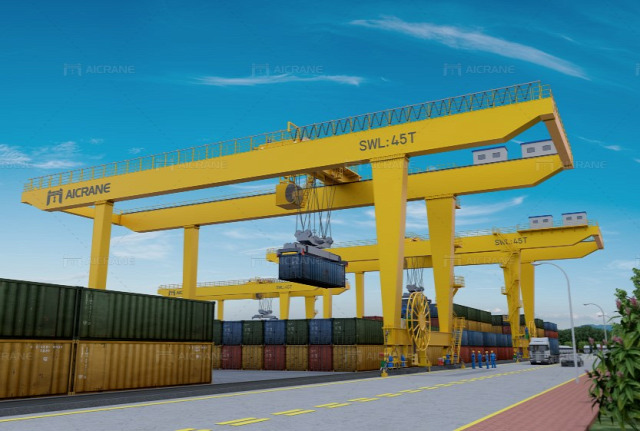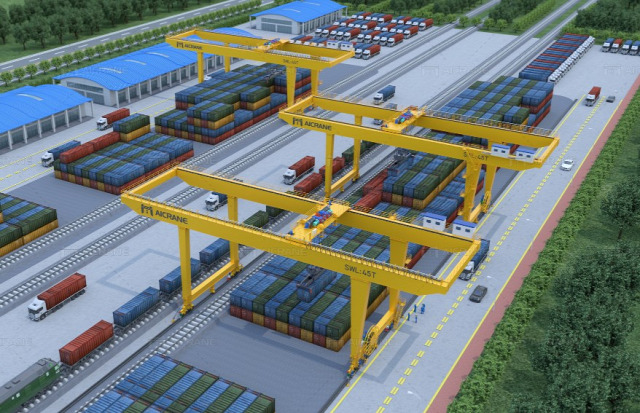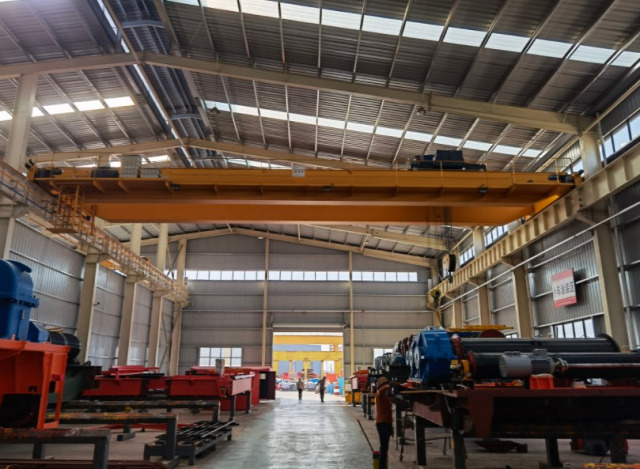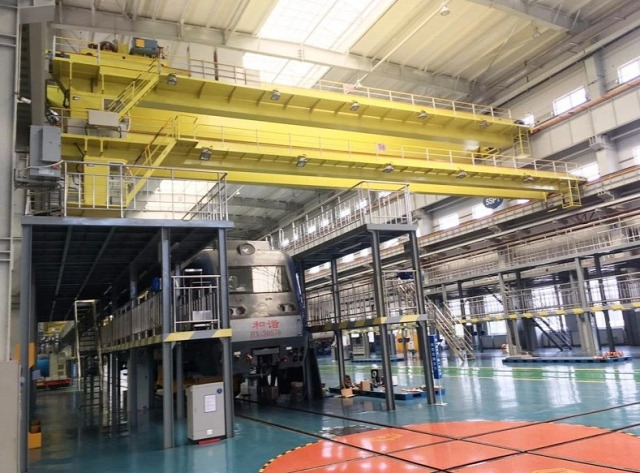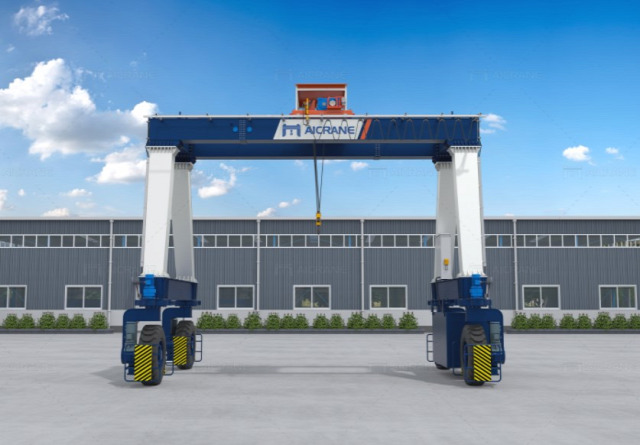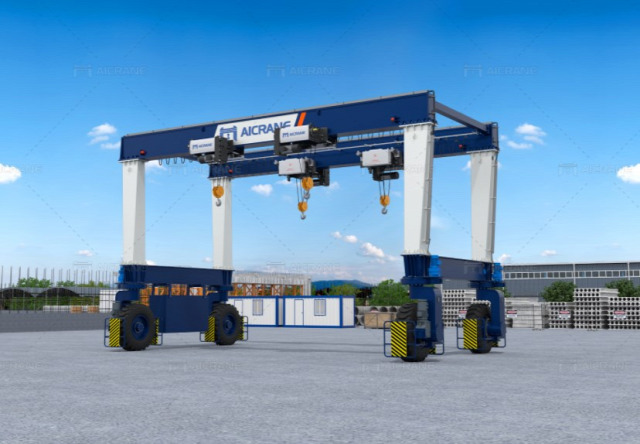When selecting an overhead crane for your business, one of the most important decisions is choosing between a single girder crane and a double girder crane. These cranes differ in design, capacity, and applications, and making the right choice can significantly impact your operational efficiency and cost-effectiveness. In this article, we will explore the key differences between single girder and double girder cranes, focusing on how their capacity needs influence the decision-making process.
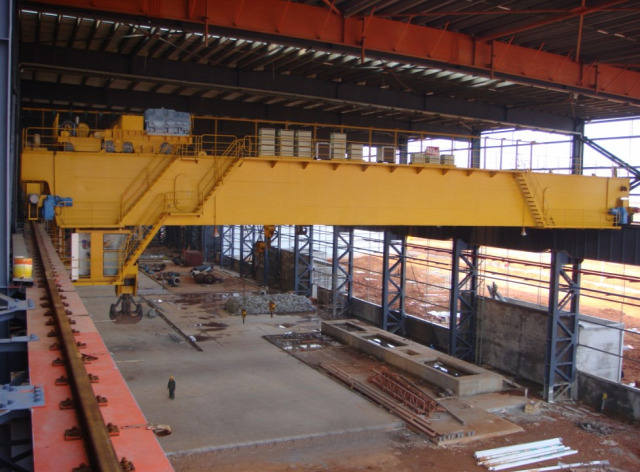
Understanding Single Girder Cranes
Single girder cranes are designed with a single beam or girder that supports the hoist. These cranes are typically lighter, more economical, and easier to install compared to their double girder counterparts. Single girder cranes are commonly used in applications where lighter loads are handled, and they offer advantages in terms of initial investment, maintenance, and operational costs.
Key Features of Single Girder Cranes
-
Design and Structure: Single girder cranes consist of one main girder that spans across the width of the working area. The hoist runs along the bottom flange of this girder. The design is relatively simple, which translates into lower manufacturing and installation costs.
-
Capacity Range: Single girder cranes typically have a capacity range of 1 to 20 tons. While they are designed for lighter to moderate loads, they are still robust enough for a wide variety of industrial applications.
-
Cost Efficiency: One of the major advantages of single girder cranes is their cost-efficiency. The simple design requires less material, and because they are lighter, the supporting structures (such as the runway beams and columns) can also be lighter, reducing the overall cost of the crane system.
-
Installation and Maintenance: Single girder cranes are easier to install because of their lighter weight and simpler design. Additionally, maintenance is generally easier and less frequent compared to double girder cranes.
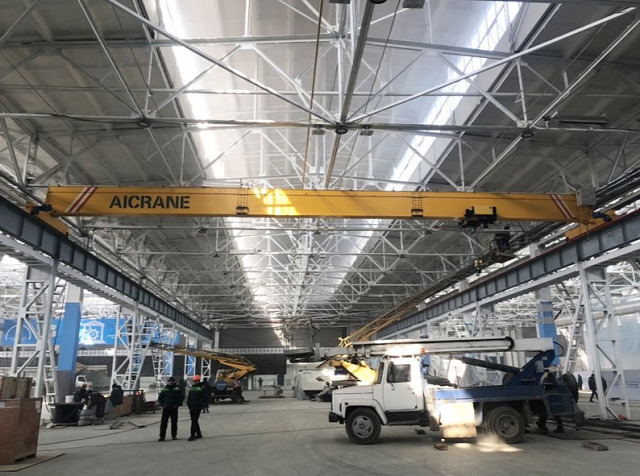
Applications of Single Girder Cranes
Single girder cranes are commonly used in industries where light to moderate loads are handled. Typical applications include:
- Light Manufacturing: Factories and workshops that need to move lighter materials and equipment.
- Assembly Lines: These cranes are ideal for assembly lines where parts and components need to be lifted and moved at regular intervals.
- Warehousing: For moving and storing lighter goods, single girder cranes offer an efficient and cost-effective solution.
Understanding Double Girder Cranes
Double girder cranes, as the name suggests, feature two girders running parallel to each other. The hoist in a double girder crane typically runs on a rail mounted on top of both girders, which provides additional support and capacity. These cranes are designed for heavier loads and more demanding industrial applications.
Key Features of Double Girder Cranes
-
Design and Structure: Double girder cranes are built with two parallel girders that span across the width of the work area. The hoist runs on top of these girders, allowing for a higher lifting height compared to single girder cranes.
-
Capacity Range: Double girder cranes can handle much heavier loads, typically ranging from 20 to over 500 tons. This makes them ideal for industries that require lifting and moving heavy equipment and materials.
-
Greater Lifting Height: Because the hoist is mounted on top of the girders, double girder cranes offer greater lifting height. This is especially useful in applications where vertical space is a premium, such as in power plants or large industrial facilities.
-
Durability and Stability: Double girder cranes are designed for heavy-duty applications. The two-girder structure provides increased stability and durability, allowing the crane to handle heavy loads and frequent use over extended periods.
Applications of Double Girder Cranes
Double girder cranes are used in industries where heavy loads need to be handled. Typical applications include:
- Heavy Manufacturing: In industries such as steel mills, automotive manufacturing, and heavy equipment production, double girder cranes are essential for lifting large and heavy components.
- Power Plants: Double girder cranes are often used in power plants for lifting and moving turbines, generators, and other large equipment.
- Shipyards: Shipbuilding and repair operations often require the use of double girder cranes to move heavy ship components.
- Mining: The mining industry relies on double girder cranes for handling heavy equipment and raw materials.
Key Differences Based on Capacity Needs
When choosing between a single girder and double girder crane, the primary consideration is the load capacity required for your operations. Here’s a closer look at how capacity influences the choice:
Load Capacity
-
Single Girder Cranes: As mentioned earlier, single girder cranes are typically suited for lighter loads, with a capacity range of 1 to 20 tons. If your operations involve handling smaller loads, such as in light manufacturing or warehousing, a single girder crane is usually sufficient.
-
Double Girder Cranes: For industries that require lifting heavier loads, double girder cranes are the better option. With a capacity range that starts at around 20 tons and goes up to several hundred tons, double girder cranes are ideal for industries like heavy manufacturing, shipbuilding, and power generation.
Budget and Cost Considerations
-
Single Girder Cranes: For businesses with lighter capacity needs, single girder cranes are more cost-effective. The lower initial investment, reduced installation costs, and lower ongoing maintenance expenses make them an attractive option for smaller businesses or those with tight budgets.
-
Double Girder Cranes: While double girder cranes come with higher initial costs, they offer better durability and the ability to handle heavier loads. In industries where high-capacity lifting is essential, the investment in a double girder crane pays off in the long run due to its superior lifting capabilities and longer lifespan.
Lifting Height
-
Single Girder Cranes: Single girder cranes are limited in their lifting height because the hoist is mounted on the bottom flange of the girder. This makes them less suitable for applications where vertical space is limited, and high lifts are required.
-
Double Girder Cranes: The top-mounted hoist in a double girder crane allows for greater lifting height, making them ideal for industries where maximum vertical clearance is needed.
Space and Layout
-
Single Girder Cranes: These cranes are more compact and take up less space, which makes them ideal for facilities with limited floor or ceiling space. If your operations are conducted in smaller facilities or spaces with lower ceilings, a single girder crane is usually the better choice.
-
Double Girder Cranes: Double girder cranes are larger and require more space due to the additional girder and heavier structure. However, they offer more flexibility in terms of lifting height and capacity.
Conclusion
Choosing between a single girder and a double girder crane largely depends on your capacity needs, budget, and the specific requirements of your facility. If your operations involve handling lighter loads and you are looking for a cost-effective solution, a single girder crane is likely the best choice. On the other hand, if your business requires lifting heavy loads, higher durability, and greater lifting height, a double girder crane will provide the necessary support and performance.
By carefully considering your load capacity requirements, budget, and space constraints, you can make an informed decision that enhances your operational efficiency and meets your lifting needs for the long term.


